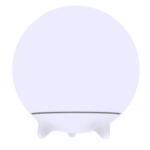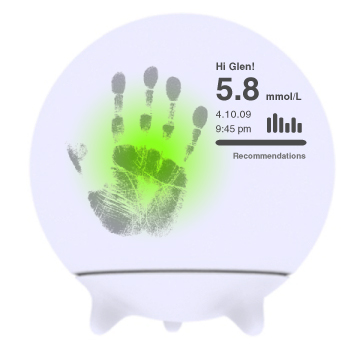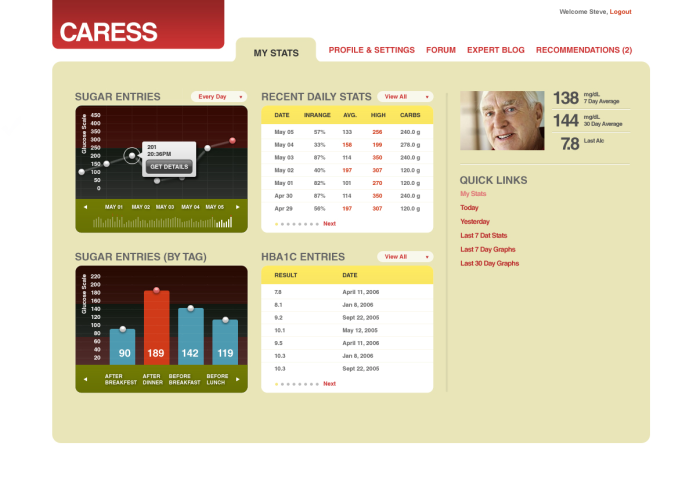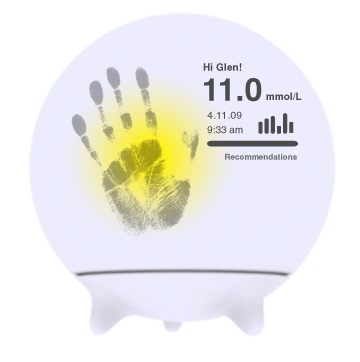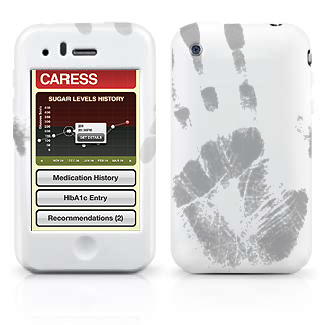Archive for July 2011
Encountering Speculative Fiction
 .
.
I was given a book a while back and always assumed it to be a collection of science fiction shorts. Tesseracts 10. Intending on reading it, I put it in cue. Now, months later I realize it is a collection of ‘Speculative Fiction‘. According to the Speculative Literature Foundation:
“Speculative literature is a catch-all term meant to inclusively span the breadth of fantastic literature, encompassing literature ranging from hard science fiction to epic fantasy to ghost stories to horror to folk and fairy tales to slipstream to magical realism to modern myth-making — and more.”
And more? So we look on. Wikipedia runs a laundry list:
Speculative fiction is an umbrella term encompassing the more fantastical fiction genres, specifically science fiction, fantasy, horror, supernatural fiction, superhero fiction, utopian and dystopian fiction, apocalyptic and post-apocalyptic fiction, and alternate history in literature as well as related static, motion, and virtual arts.
I find these debates and dialogues interesting – where clashing definitions and logic work to negotiate the borders that classify and redefine ‘notions’ – in this case – within literature, namely fiction. The institutionalization of the speculative fiction further works to validate, legitimize and reinforce the ‘classification.’ A notable outcome of this formal ‘synthesis of speculative genres’ is in its ‘accumulation’ of – Time. While unifying the fantastic and the speculative, Speculative Fiction does not discriminate against – pasts, present/s or futures.
The special attention on: Hypothetical History, Ahistorical Storytelling , Historical Invention, Historical Fiction, Future History and as previously mentioned, Alternate History – suggests Speculative Fiction, might use its atemporality to separate itself from the more widely known science fiction – while retaining the descriptor: ‘a literature of ideas.’
Significance:
I have been thinking a lot lately about the role of Intuition and Speculation in Foresight – the ‘informed’ speculation on topics, forces and dynamics at play. One definition of speculations is “To meditate on a subject; reflect.” other is “To engage in a course of reasoning often based on inconclusive evidence.” We are always working from a position of incomplete information. Confident speculation is a particularly important tool for anticipatory thought, when carefully paired with a controlled suspension of disbelief. I look forward to devouring this book.
Annotation Explorations Pt/1 Futures Theatre
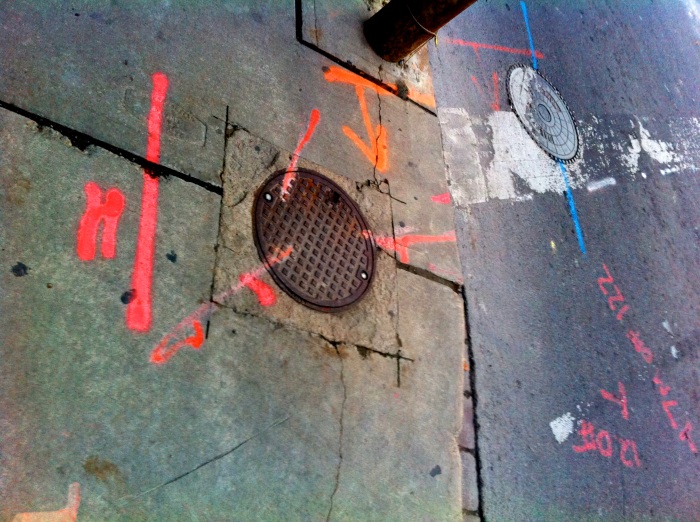
.
Indications: Curious Markings
Toronto streets are a harsh patchwork of gashes, smooth fields and forgotten incisions – scar tissue. Asphalt surfaces buttressed against cement and slab, hardened aggregate sheets, crumbled, cracked and corroding. As we build a world-class city our urban grammar has become open surgery. Cranes and caterpillars. Nip and tuck. This is our pervasive construction aesthetic.
Look down anywhere and you will encounter a curious language – Pre-op markings gesturing critical information. These marks aren’t meant for us, they are meant to be ignored, passed over. The haphazard nature of their application, and the water-soluble formula of the spray paint suggest they are purely utilitarian, disposable guidelines. Noise.
Utility Location is a formal process to isolate and label underground public utility mains to deter or guide excavations. They temporarily reveal ‘undercover infrastructures,’ – The Guts – breathing habitable conditions into the built environment. The perpetual state of construction grants the ‘locates’ permanent residency.
Locators, as they are called, are required to provide sufficient information to anyone undertaking a ground disturbance to allow the ground disturber to complete his or her work safely and in compliance with the governing regulations. ‘Identify and Mark’ is an evolving practice of telling visual cautionary tales.
‘Indication’ through the language of engineerial annotation, whether spray-paint, stakes or [ ________ ] goes beyond utility location and is often used to map near future plans directly atop the physical environment. Simple analogue augments where plans are imposed on a 1:1 scale, staking out dimensions and relationships to carefully weave new builds into the civic network of forms and amenities.
Locators play the role of interface between Past, Current & Future states of the city.
Markings are suggestive of both the archive and the plan, an interstitial state between diagram and building. Color-Coding is the common language understood as a shared system to decipher between utilities. Blue lines: Hydro. Yellow: Gas. Red: Electric and so on. There are deviations. Weird colors to indicate bespoke utilities or – facilities – as they are sometimes called, typically there is a continuity that you can observe throughout the widespread repetition of this ‘civic pattern.’
.

.
Intervention: Speculative Street Fiction
Why is this important? Markings are a common condition that inform, and become, the ‘nature’ of our city. These marks may indirectly serve as cover, visual noise to shield the ‘intervener’ who wishes to use this language, its semantics and its rituals of application as a forum to ‘edit’ the city.
Situating of Ideas within design and engineering worlds often occurs once designs are complete, in the installation process. Seldom are plans ‘wild,’ in a raw form outside of a wiki, pilot or town hall. Today, participatory design and crowdsourcing are common terms, and exhibit many manifestations in facilitating change in community oriented programs. It is often used in cases of strategic visioning and comprehensive planning where public consultation is required to gauge approval and cultural fit. There are patterns in these processes we consider relevant: First is the creation of means to organize and freely communicate to discuss issues. In addition, the general access to platforms and enabling tools for personal or group ‘authorship.’ Second is the value that emerges though discussion, the discovery of desire paths, early warning signs and motivational structures of people.
There are defining characteristics from illicit vending, street performance, infiltration and graffiti that might inspire and inform the public negotiation of public spaces. How might the qualities of the ‘unofficial,’ ‘unsanctioned’ even speculative practices interface with the sketch-like engineering qualities that are exhibited in utility location markings? Encouraging – Disposability. The Gesture. Non-chalante proposals of the unbuilt environment.
Architects are known to stake out a plan, and walk through enacting the program with the client. Appealing to the imagination by showcasing triggers to scales, positions and perspectives. How might we extend the utility language to include new types of markings to form spatial critique and creation? Ideally moving toward a practice of sketching fictional settings.
.
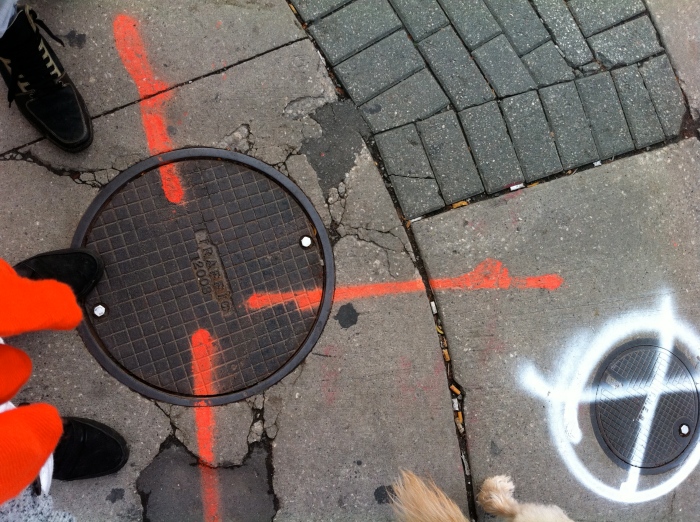
.
Improvisation: Futures Theatre
Jane Jacobs framed sidewalks as the information architecture of the city. Their scale affords intimate vantages, speeds and durations within cultural textures. There is an opportunity to consider the street as ‘Whenware’ to pre-enact situations in order to enter and access mechanics of experience and tool with the possibilities. We suggest Pre-enactments as a performative tool to move quickly through – many versions of exploratory scenarios or ‘plays’ to momentarily occupy a myriad of alternative futures.
Like a scene taken from Dogville, engineerial diagrams place you in the story, spatial triggers to imagine within. Settings, props – people, places and things assemble an actor network – from which we will draw upon to sketch fictional public systems. Developing a language at the intersection of utility location markings, architectural plans and interaction modeling. It is on these ‘stages’ where we hope to casually perform, debate and discuss versions of plausible and/or odd near future sequences, scenes and situations. Authoring the future is a social activity, made vivid by the informed perspectives and imaginations that share in actively conjuring how the future might ‘play out.‘
‘Suggestive marking as intervention’ within the lanscape of inherited infrastructures suggests a shift in power. How might the street become a stage for a new mixture of sketch annotation and diagrammatic storytelling as ways of situating, visualizing and occupying ‘possible places?’ It is not intended to create interference patterns to distort and confuse, but to create ‘Inscriptions of civic value,’ intended to make people think differently about public expressions in relation to infrastructures we inherit as opposed to the infrastructures we should inherit. We intend to create curious breaks in the overall local rhythm – temporary autonomous zones’- to impose public attractors to Open Urbanism, Situated Foresight, Civic Gaming, that is, the city would be non-destructively mutable and dialogical rather than a ‘background.’
Enchanted Objects + Non Invasive Diagnostics Pt1
Non-invasive self-diagnostic technologies are on the rise and represent a significant opportunity to positively impact the experience of managing chronic diseases like diabetes, encouraging greater adherence to diagnostics/treatment regimes; while also enabling a greater levels of education, awareness, and accessibility to people seeking to engage in more informed, healthier, hands-on preventative lifestyles.
A couple years ago a small team of friends including Andrew Lockhart, Kengwei Lu, Richard Thomas and myself decided to explore and submit a self-diagnostic concept to the annual Diabetes Mine Design Competition that incorporated non-invasive electromagnetic technology capable of measuring blood glucose levels. We were very excited to propose an idea (described below) that focused on improving, externalizing, and socializing the diagnostic process by making it more friendly, open, accessible and acceptable.
Caress
Often upon diagnosis of diabetes, people will retreat and internalize their experience. The nature of current glucose meter technology can exacerbate this issue by forcing people to navigate this new landscape by themselves, which in addition to increasing feelings of isolation, can put a strain on relationships with concerned family and loved ones.
Caress is an “enchanted object“, a diagnostic platform that combines physical hardware with web and mobile services to provide people living with (and without) diabetes a simple set of tools and services to monitor and track their blood sugar levels while providing the opportunity to socialize their experience and educate others. By utilizing existing non invasive electromagnetic technology developed at Baylor University and/or a number of other research centers, users will be able to accurately measure their glucose levels simply by touching or caressing the device, transitioning the blood glucose readings from a painful and awkward, private experience to one that is more natural, compelling and habit forming.
For tracking purposes Caress also employs hand vein scanning technology to identify and differentiate between users in order to allow friends, coworkers and family members to participate in the experience and see their blood glucose levels, promoting better understanding and removing some of the isolation that many people living with diabetes feel. Hand vein scanning was decided upon over fingerprint and other forms of biometrics as it is more accurate and is a more intuitive form of interaction when considering the intended form and function of the platform.
Each Caress device will be networked with existing bluetooth, cellular and/or WIFI capabilities, allowing readings to be transmitted to the web services component of the platform through home or office computers or mobile devices. Users will be able to access their personal metrics around blood sugar levels etc through their computers or mobile devices, with the opportunity to receive mobile alerts when it is time to take a reading. Over time, the aggregated data will help users and their health care providers understand patterns of behavior and identify the optimal approaches to managing their health.
